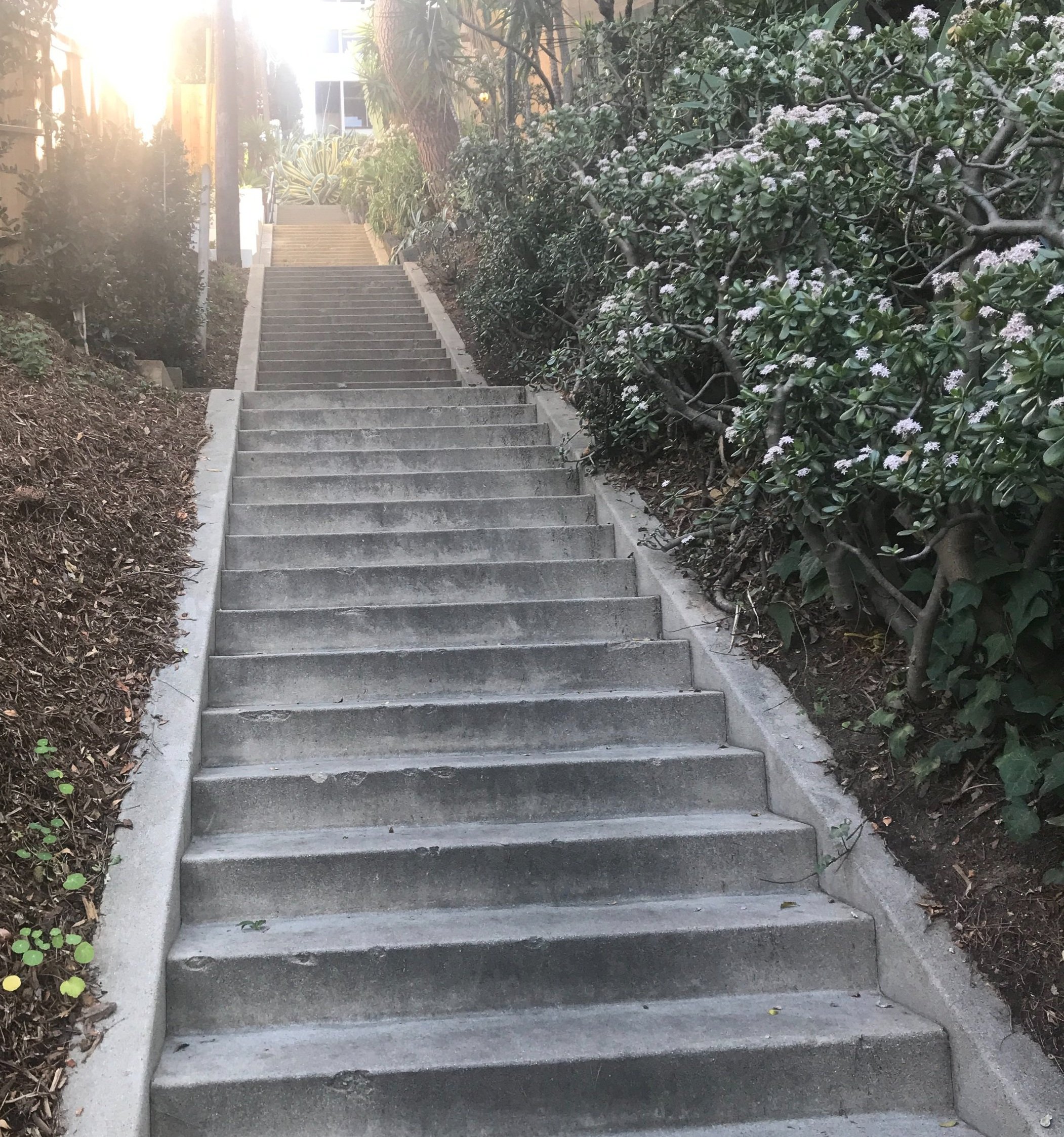In a Moment - Issue 22
I started this project as a means to share the tools I have found helpful in cultivating calm and with all that is going on, I believe this work to still be vital. There is a powerful and necessary uprising occurring in our country. Broad attention is being brought to the centuries-long injustices leveed against Black folx in our country. Individuals and organizations are speaking up and speaking out about the racism and white supremacy inherent in our country's DNA and the need to defund and demilitarize our police system. We're at a boiling point and action is needed on all fronts.
I see two forms of this action -- external actions & internal action.
External action encompasses all the ways we can show up outside of ourselves -- protesting, volunteering, donating money, calling local/city/state/federal officials, sending emails, voting, reaching out to friends and offering support, the list goes on.
Internal action involves all the ways we can show up within -- anti-racist education through reading or podcasts, meditation, breathing practices, movement practices such as yoga or dance, eating food, drinking water, getting rest.
And so today, I thought I would share some internal actions I've been taking lately to help support me through this moment. We are not in a sprint right now, this is a marathon. And I believe it to be vital to take care of ourselves, not as a means to "check out" from what's happening, but to charge our batteries, to nourish ourselves so that we can show up externally from a grounded, clear, compassionate and thoughtful place.
Many of these practices center around tapping into the parasympathetic nervous system (rest & digest system). Learning to activate your parasympathetic nervous system is a vital tool not only for feeling a sense of calm and grounding, but also to be able to act from a place of thoughtfulness and awareness. When our sympathetic nervous system is firing (fight/flight/freeze response) the deeper cognitive functioning of our brains is limited. It can lead to reacting to a situation versus responding from a place of information.
Breathing Practices
The breath can be such a powerful tool when experiencing heightened stress or anxiety as it is a way to drop in. When our minds are racing it is nearly impossible to think our way out of an anxiety response, rather we need something to disrupt that cycle and guided breath can do that. Here are a few techniques I'm using right now
~ Square Breath ~
Breathing in & out through the nostrils.
Breathe in for a slow count of 4
Hold the breath at the top of the inhale for a slow count of 4
Exhale for a slow count of 4
Hold the breath at empty for a slow count of 4
Repeat 4 times.
~ Focusing on inhale or exhale~
If I'm feeling more anxious, I will begin to breathe more slowly and focus my attention on my exhale. This can be more grounding & calming. If I'm feeling defeated, deflated, or down, I will begin to breathe more slowly and draw my attention to my inhale. This can be more uplifting and energizing. In either technique, try to keep the inhale and exhale even in length and keep the breath slow and even.
~Clearing Breath~
This is a practice I do frequently throughout the day. It's like the car wash of breathing techniques. A way to clear out the gunk, stuff, junk that accumulates.
Take a deep breath in through the nostrils.
Exhale completely out of the mouth.
Allow this to be a slow, even breath. Repeat 3-4 times.
Loving-Kindness or Metta Meditation
This is a meditation practice I've written about before. It involves sending a simple message of loving-kindness to different groups of people (someone you care for deeply, yourself, someone you have a neutral relationship with, a person or group of people who are experiencing suffering and a wider group or community of people). I visualize these as concentric circles of compassion, extending further and further out. The message I have been using lately is:
May you/I/you all be safe
May you/I/you all be healthy
May you/I/you all be happy
May you/I/you all be free
Restorative Yoga
So many of my techniques are rooted in restorative yoga, a practice that centers around supporting the body with props (e.g., blankets and pillows) so that deep relaxation can occur. I know that this practice may seem like an unattainable luxury right now, but restorative yoga doesn't have to involve all of the props or be an extremely long practice. Even carving out 5 minutes in a supported posture will provide benefit to your mind, body & spirit.
~Belly Down Burrito Pose~
This is a pose I learned from my teacher Bo Forbes. All you need is a blanket or bath towel and a flat surface (the floor, a couch, your bed). Fold up the blanket or towel so that you have a long rectangle about 6 inches wide. Lay the blanket down on your flat surface and come to lay down so that the belly is positioned directly on the blanket (between the ribcage and the hipbones). You might wrap the ends of the blanket around the low back, like a cummerbund or sash. You can make a pillow for your head by stacking your hands on top of one another, or bringing one cheek to the flat surface. Then direct your breath to your belly space. The gentle pressure against the belly from the blanket can help stimulate the vagus nerve, which can help with activating the parasympathetic nervous system. Try to be here for at least 5 minutes or up to 20 minutes.
Try incorporating one or two of these in your day and see if you notice any shifts.
